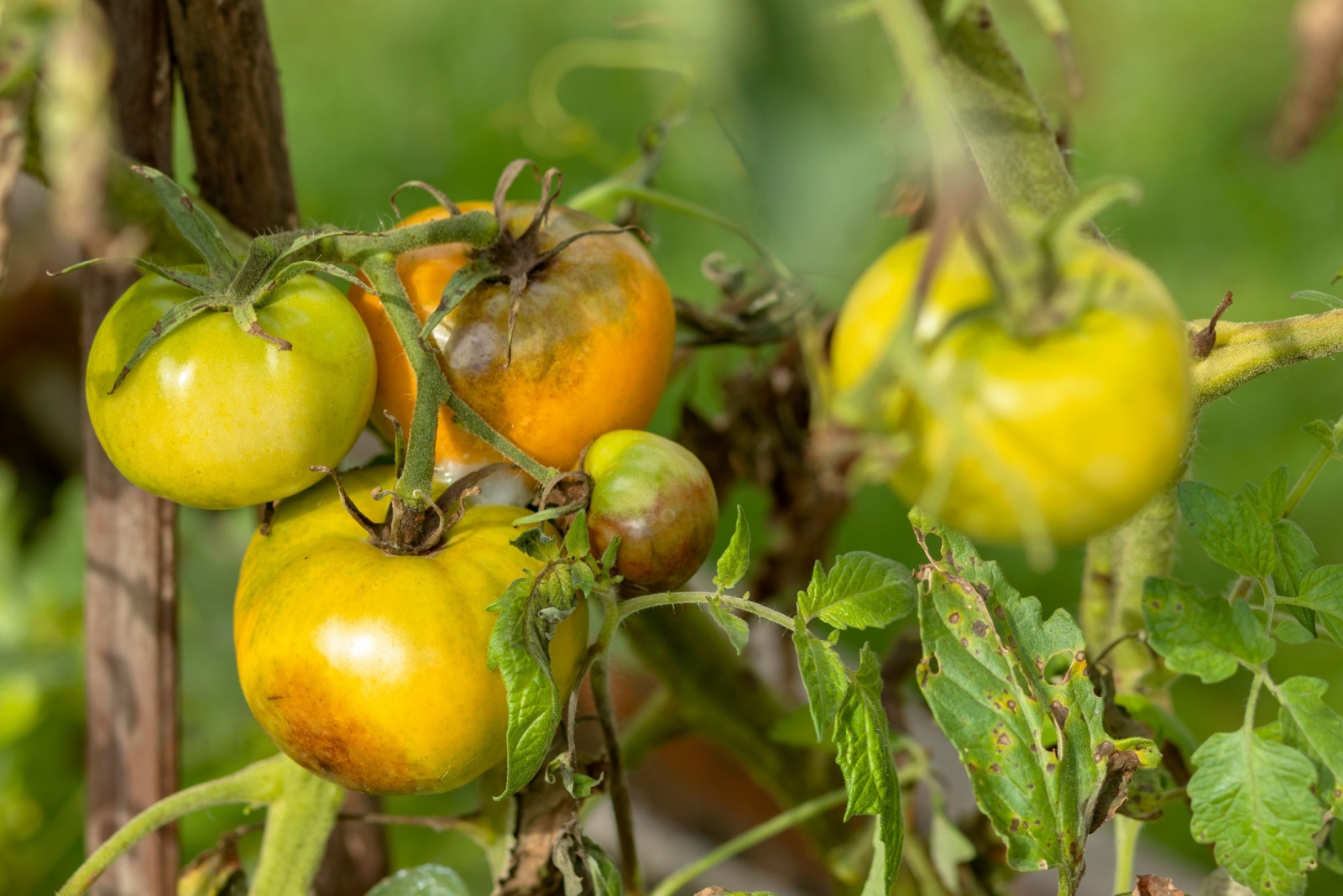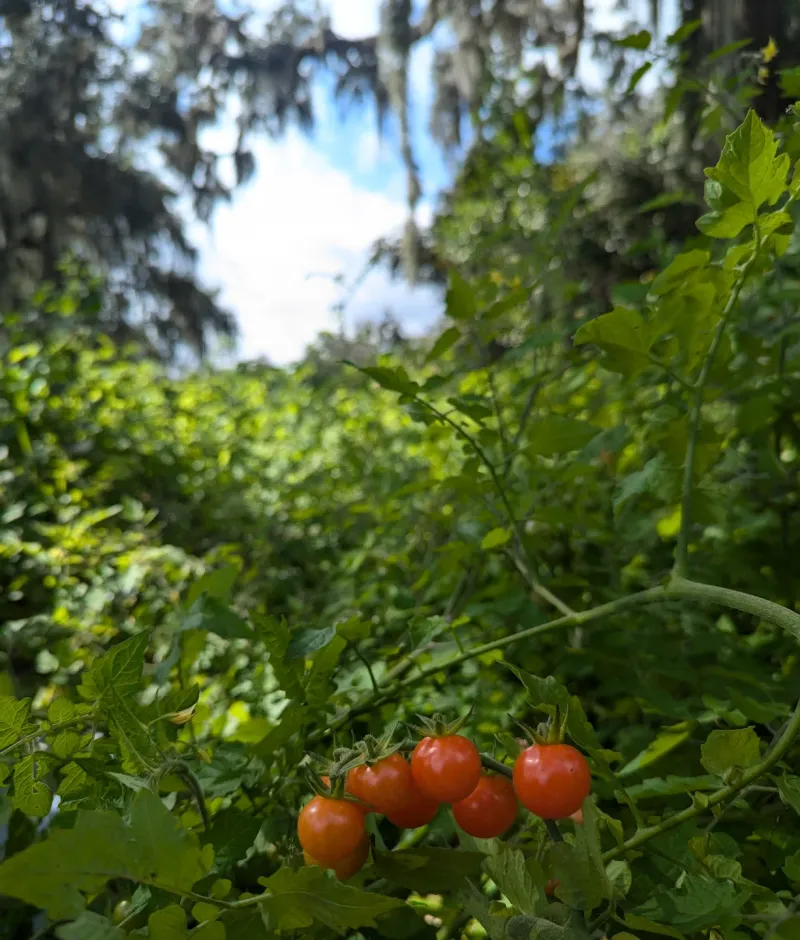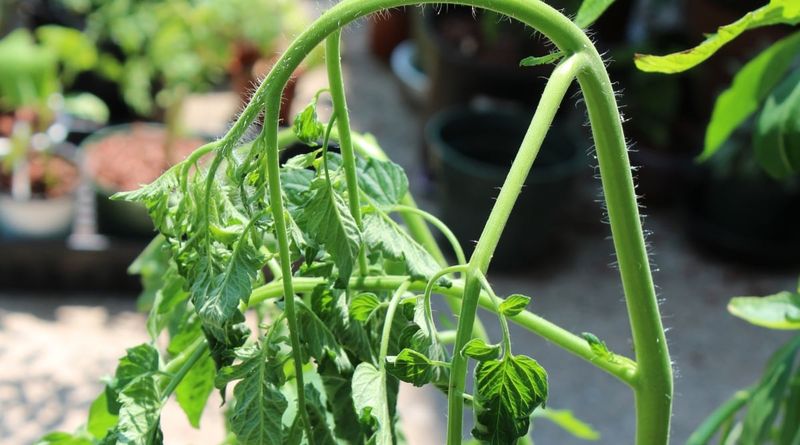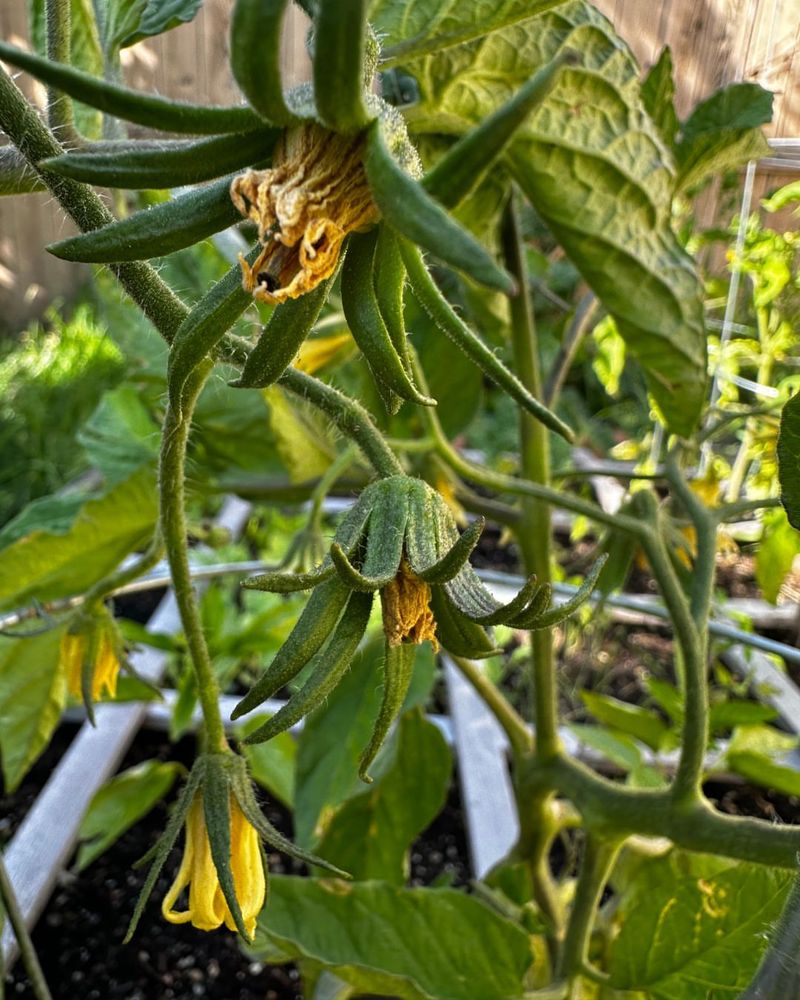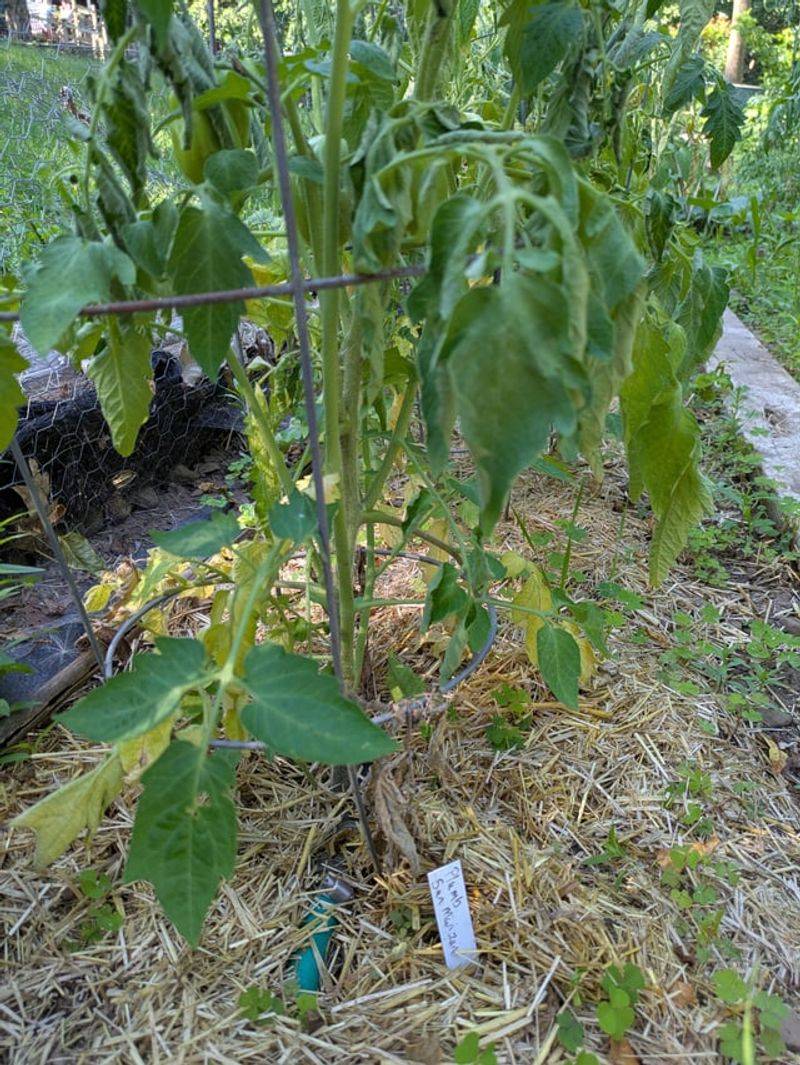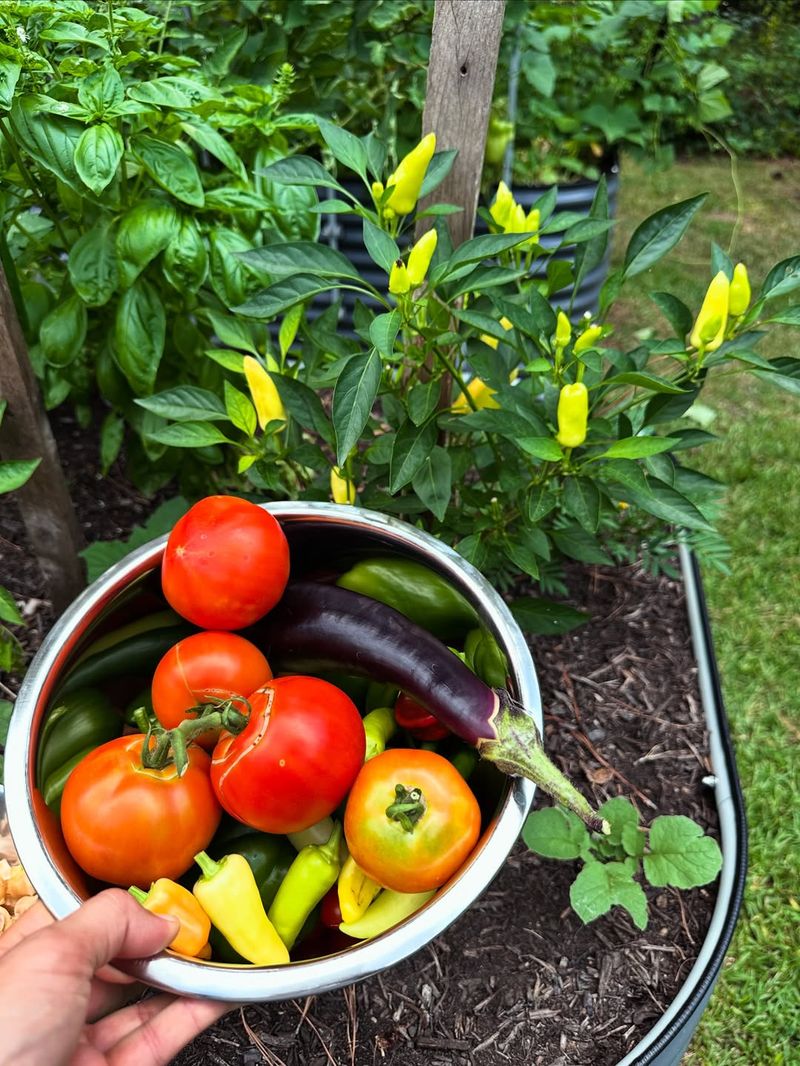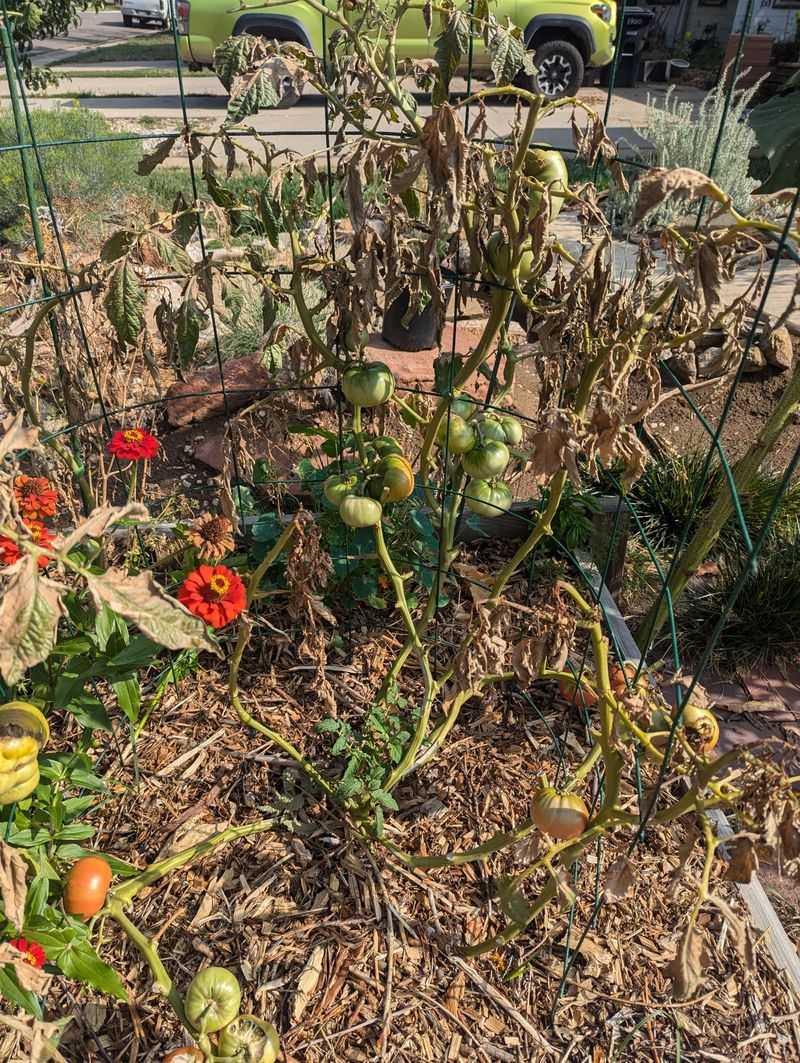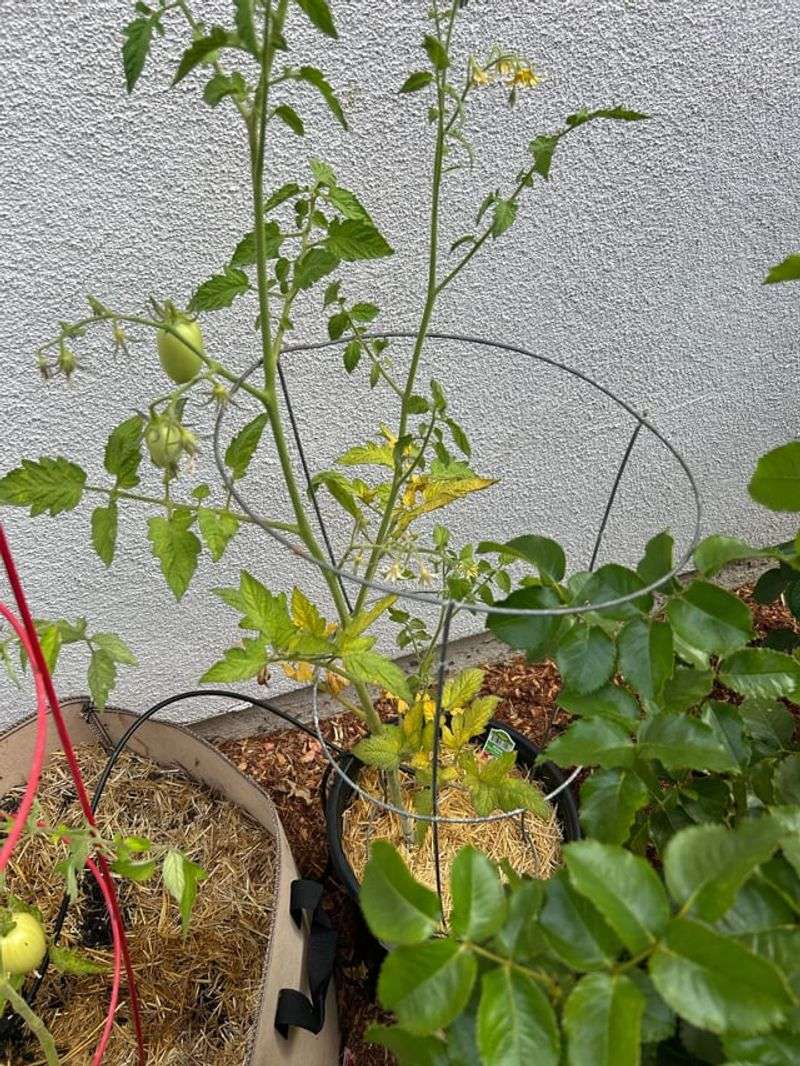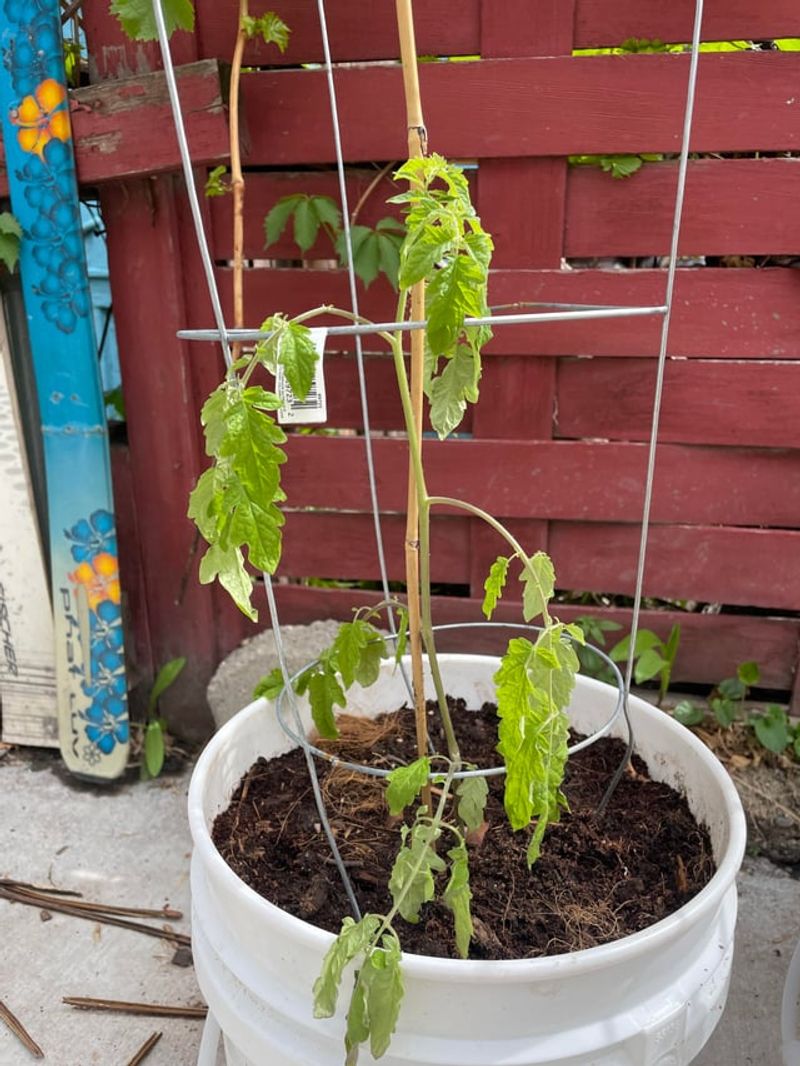Growing tomatoes in Florida can be tricky because of the state’s unique climate and weather conditions. While the Sunshine State seems perfect for gardening, there are some spots where tomato plants simply won’t thrive.
Knowing where to avoid planting can save you time, money, and a lot of frustration when your plants fail to produce fruit.
1. Under Large Oak Trees
Oak trees create dense canopies that block most sunlight from reaching the ground below. Tomatoes need at least six to eight hours of direct sun daily to develop properly and produce fruit.
The thick shade prevents photosynthesis, leaving plants weak and spindly. Competition for nutrients and water with the tree’s extensive root system makes matters worse.
Your tomato plants will stretch toward any available light, becoming leggy and unproductive in these conditions.
2. In Low-Lying Areas That Flood
Florida’s frequent afternoon thunderstorms can turn low spots into temporary ponds. Tomato roots need oxygen to survive, and waterlogged soil suffocates them quickly, leading to root rot.
Standing water also attracts disease-causing organisms that thrive in moist environments. Within days, your plants can develop yellowing leaves and wilting stems.
Choose elevated beds or mounded rows instead to ensure proper drainage and healthy root development throughout the growing season.
3. Right Next To Your House Foundation
Planting against your home’s foundation creates multiple problems for tomato plants. Heat radiating from walls can stress plants during Florida’s scorching summers, causing blossom drop and sunscald.
Air circulation becomes restricted, creating perfect conditions for fungal diseases like early blight and powdery mildew. These diseases spread rapidly in humid, stagnant air.
Foundation plantings also make it harder to access plants for pruning, staking, and harvesting your precious tomatoes.
4. In Spots With Walnut Trees Nearby
Black walnut trees release a chemical called juglone through their roots, leaves, and nuts. This natural toxin is deadly to tomatoes and many other garden vegetables, causing rapid wilting.
Even if the tree isn’t directly overhead, its roots can extend fifty feet or more underground. Juglone remains in the soil for years after a tree is removed.
Symptoms appear suddenly—plants wilt and yellow within days of exposure, and no amount of watering will revive them once affected.
5. Where You Grew Peppers Or Eggplant Last Season
Tomatoes belong to the nightshade family along with peppers, eggplants, and potatoes. Growing them in the same spot year after year depletes specific soil nutrients these plants need.
More importantly, soil-borne diseases and pests that attack nightshades build up over time. Verticillium wilt, fusarium wilt, and nematodes become serious problems.
Rotate your crops by waiting at least three years before planting tomatoes in the same location again for healthier, more productive plants.
6. In Heavy Clay Soil Without Amendments
Clay soil is common in parts of Florida and creates a hostile environment for tomato roots. When wet, it becomes sticky and oxygen-poor; when dry, it turns rock-hard and impenetrable.
Roots cannot spread properly in compacted clay, stunting plant growth and limiting nutrient uptake. Water either pools on top or drains away too slowly.
Before planting, work in plenty of compost, peat moss, and sand to improve texture and drainage for successful tomato cultivation.
7. In Completely Shaded Courtyards
Enclosed courtyards surrounded by walls or tall buildings might seem like protected growing spaces. However, tomatoes are sun-worshippers and simply cannot produce fruit without adequate direct sunlight exposure.
Shade forces plants to focus energy on leaf growth rather than flower and fruit production. You’ll end up with tall, green plants but very few tomatoes.
Even morning sun isn’t enough—tomatoes need strong midday light. Save these shady spots for lettuce, herbs, or ferns instead of fruiting vegetables.
8. In Containers Without Drainage Holes
That beautiful ceramic pot might look perfect, but without drainage holes, it becomes a death trap for tomatoes. Excess water has nowhere to escape, creating a swamp-like environment.
Root rot develops quickly in these conditions, turning roots brown and mushy. Once rot sets in, there’s no saving the plant, no matter how much you reduce watering.
Always drill holes in the bottom of containers or use pots specifically designed for plants to ensure healthy root systems and productive growth.

